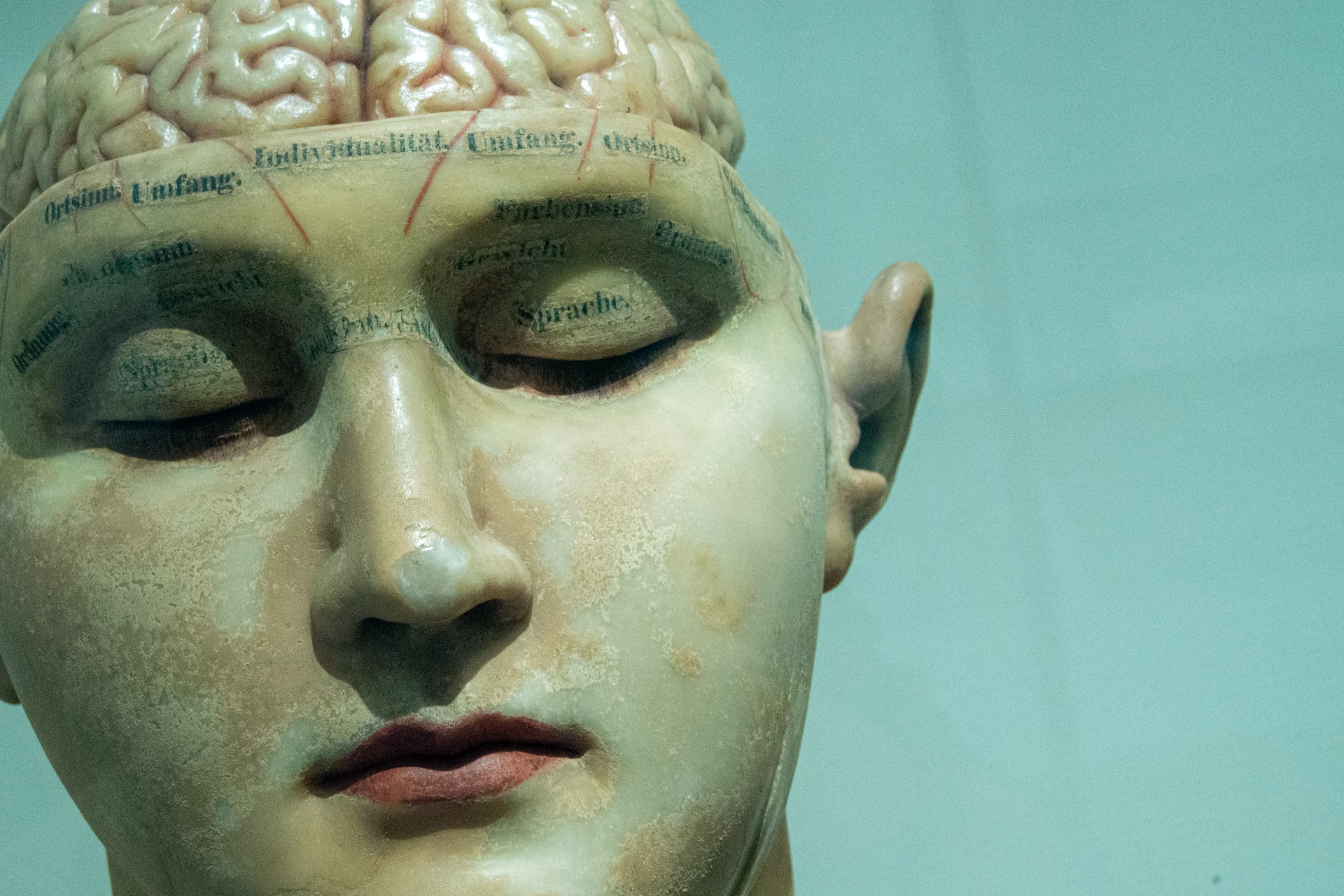Tell me about medulloblastoma causes
Medulloblastoma is a type of brain cancer that primarily affects children and is the most common type of malignant brain tumor in children. It develops in the cerebellum, which is the part of the brain responsible for balance, coordination, and movement control. Medulloblastoma can also spread to other parts of the brain and spinal cord.
The exact cause of medulloblastoma is still unknown. However, researchers have identified several factors that may contribute to the development of this aggressive cancer.
Genetic Factors:
Studies have shown that certain genetic conditions may increase the risk of developing medulloblastoma. These include Gorlin syndrome, Turcot syndrome, and Li-Fraumeni syndrome. People with these conditions have a higher chance of developing this type of brain tumor due to inherited mutations in specific genes.
Environmental Factors:
Exposure to radiation, especially at a young age, is considered a significant risk factor for medulloblastoma. Radiation therapy is commonly used to treat other types of cancer, and if given to the head or neck area, it can increase the likelihood of developing this brain tumor.
Other environmental factors that may increase the risk of medulloblastoma include exposure to chemicals such as pesticides, industrial chemicals, and fertilizers. However, more research is needed to establish a definitive link between these factors and the development of medulloblastoma.
Age:
Medulloblastoma is most commonly diagnosed in children between the ages of 3 and 8 years old, with the average age of diagnosis being 6 years old. While it can occur at any age, it is rare in adults. This suggests that the developing brain may be more vulnerable to this type of cancer.
Gender:
Boys are more likely to develop medulloblastoma than girls, with a male-to-female ratio of 1.5:1. This gender difference is observed across all age groups, but the reason behind it is still unknown.
Race:
Medulloblastoma is more prevalent in Caucasians compared to other races. However, this may be due to better access to healthcare and early detection rather than a biological difference.
Family History:
In rare cases, medulloblastoma can run in families. This suggests that there may be a hereditary component to its development. If a child has a close relative who has been diagnosed with medulloblastoma, their risk of developing the disease may increase.
Inherited genetic syndromes such as Gorlin syndrome, which is characterized by the development of multiple tumors, including medulloblastoma, suggest that specific genes may play a role in the development of this cancer. However, more research is needed to understand the exact genetic mechanisms involved.
While these factors may increase the risk of developing medulloblastoma, it is important to note that not everyone with these risk factors will develop the disease. In fact, most children who are diagnosed with medulloblastoma have no known risk factors.
In conclusion, the exact cause of medulloblastoma is still unknown, but research has identified several risk factors that may contribute to its development. These include genetic conditions, exposure to radiation and environmental chemicals, age, gender, race, and family history. Understanding these risk factors can help in early detection and prevention of this aggressive brain tumor. If your child has any of these risk factors or is experiencing symptoms such as headaches, nausea, vomiting, or changes in vision or motor skills, it is essential to consult a doctor for further evaluation and timely treatment.





